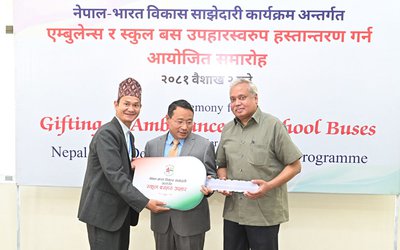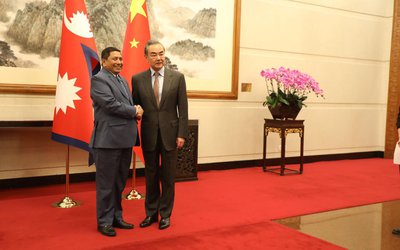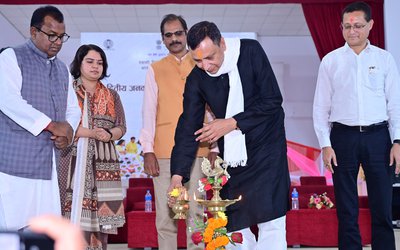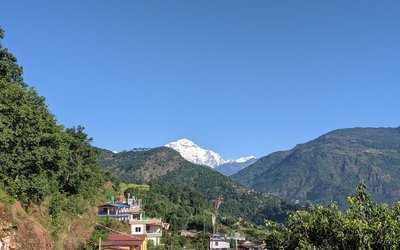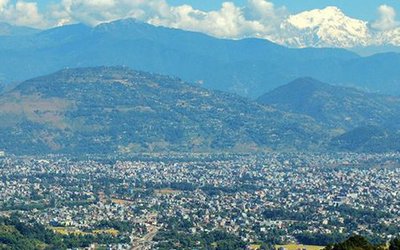Given the increasing recognition of labor migration to Nepal’s economy and to the livelihoods of millions of citizens, and the interest of Government of Nepal and development partners in this area I hope that more regular and structured consultations on migration while follow.
I am very happy to see the dialogue on migration issues has move one step forward to bring together many sector ministries (agriculture, environment, industry, local development and federal affairs) and the Planning Commission; Migration has often been labeled as labor migration and therefore seen as an issue that competes basically the ministry of labor and employment. However, with almost 10 percent of Nepalese going abroad for work, migration cannot be neglected in any of the government policies.
The EU recognizes the indispensable role that migration can play in contributing to development. Evidence shows that migrant households can increase their well-being thanks to opportunities abroad to acquire new skills. Migration and mobility can also foster more foreign direct investment and trade links, especially bearing in mind the role of Diaspora communities. UN resident coordinator Jamie McGoldric mentioned, in Nepal, migrants’ contribution to Nepal’s graduation from LDCs status is crucial. In securing the positive impacts of migration, we need to ask ourselves what we can do jointly in ensuring that its challenges are addressed and migrants’ remittances and their other social, human and cultural capitals and not lost as a valuable resources for promoting local development.
Dr. Sharma’s power point presentation was very enlightening in this respect, especially as possible negative effects on the socio-culture fabric and absence of migration from the policy agenda.
The EU is funding a global program implemented in 16 countries including Nepal (in partnership with IOM and UNDP) call joint migration and development initiative. The experience from this initiative shows that the most sustainable migration and development interventions are those with a strong anchorage with the local governments in both countries of origin and destination. Under this initiative, we try to strengthen the linkages between civil society and local authorities to influence migration policies, making them more favorable to local development and governance issues.
As the EU is tripling its assistance to Nepal form 120 million to 360 million Euro for the next seven years, we acknowledge migration as a major challenge and at the time a great opportunity for Nepal’s development in the coming years. Migration will be a cross cutting issue in all our future programs under the three focal sectors that we have agreed with the Government of Nepal (education, governance and rural development). More concretely, under our future program on rural development we will be looking at the impact of migration in the agriculture sector and the good use of remittances in this sector.
Let me also allude to the EU’s Global Approach to Migration and Mobility which is, since 2005, the EU’s framework for dialogue and cooperation with non-EU countries, strengthening the synergies between migration and development represents one of the main four priorities of this policy framework, which adopts a migrant-centered view of migration and development. Indeed, migration is not just about numbers and remittances; it is primarily about people and ensuring that effective and sustainable policies are designed at both central and local level to respond to the aspirations and problems of the people concerned.
Strengthening partnership and cooperation on migration are necessary to maximize the positive and minimize the negative consequences of migration. Migration is still all too often addressed in the silos. Not only does migration require the cooperation of national governments, local authorities, civil society, migration associations, the private sector and the international community; it also requires a multi-sector approach which addresses amongst others the human, social and labor rights of migrants, their psycho-social well-being, and the development effects as well as potential economic gains associated with migration.
Therefore, much remains to be done to ensure that migration and development are no longer treated in different policy remains the consultation that we have having today is a step forward to ensure that migration and development are not anymore treated in silos.
- Renewable Energy can play a powerful role in Nepal’s recovery
- May 20, 2016
- Migration and Development
- Dec 19, 2014
- EU film festival 2014: Celebrating Women
- Mar 08, 2014





